06 Sep 1935
On the Fishing Banks of Skye
Short documentary about a trawler fishing for hake.
The end is nigh
The Pullars are the last family using traditional methods to fish for wild Atlantic salmon off the coast of Scotland. When these include killing seals, the salmon’s natural predators, conflict erupts. Animal activist groups Sea Shepherd and Hunt Saboteurs oppose the Pullars at every turn, despite the legality of the fishermen’s actions and the consequences to their livelihood. Challenging preconceptions, this ambiguous doc puts modern environmentalism under the microscope.
Self
Self
Self
06 Sep 1935
Short documentary about a trawler fishing for hake.
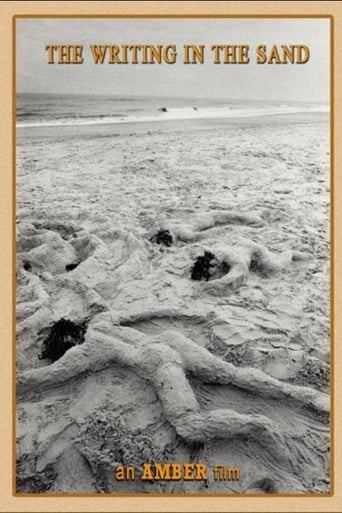
16 Apr 1991

A richly lyrical documentary celebration of the vibrant beach life in the North East of England, constructed entirely out of Sirkka-Liisa Konttinen's black & white photographs.
01 Jan 2004
A detailed overview of contemporary life in the tiny South Pacific country of Tuvalu, this film documents the earth's first sovereign nation faced with total destruction due to the effects of global warming. With a population of about 11,000 living on a total landmass of only 20 square miles – less than Manhattan – spread over nine low-lying atolls 600 miles to the north of Fiji, Tuvalu has been inhabited for over four millenia. The warm-spirited and highly community-oriented people of this ex-British colony struggle to survive economically while confronting the likelihood of having to evacuate their homeland en masse within the next 50 years.
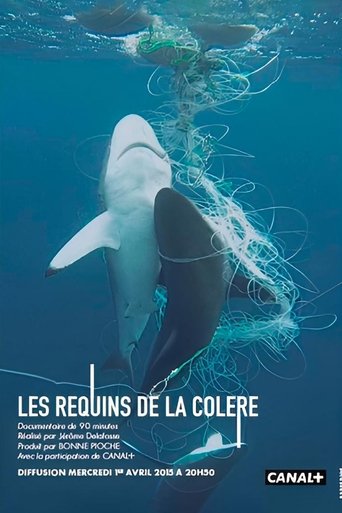
01 Apr 2015

No overview found
29 Jul 2011
The story of the children who work 12-14 hour days in the fields without the protection of child labor laws. These children are not toiling in the fields in some far away land. They are working in America.
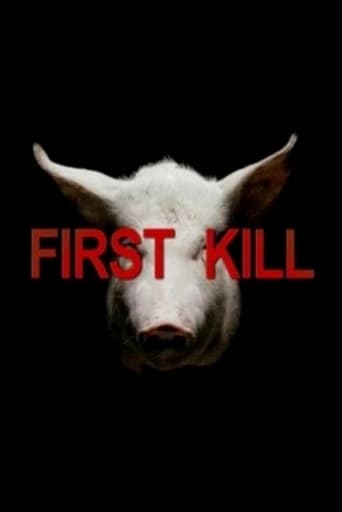
23 Feb 2001

Veterans of the Vietnam War tell about their experiences. The disasters but also the glorious moments of war. The central figure in the documentary is the scenario writer of Full Metal Jacket, Michael Herr. The veterans describe how it felt to kill for the first time and how those feelings still haunt them.
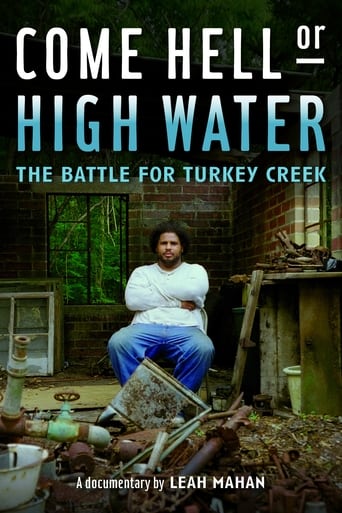
29 Apr 2014

When the graves of former slaves are bulldozed in Mississippi, a native son returns to protect the community they settled - a place now threatened by urban sprawl, hurricanes and an unprecedented man-made disaster.
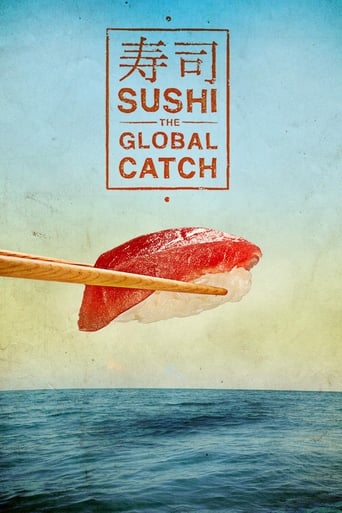
07 Jun 2012

A look at the global sushi phenomenon and how the hunger for Blue Fin Tuna is impacting the ocean's stock.
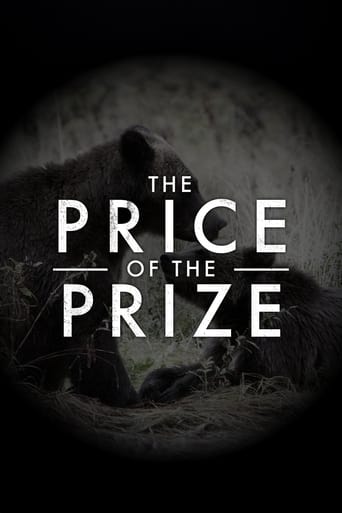
16 Jul 2016

First Nations fight to end grizzly bear trophy hunting in the Great Bear Rainforest in British Columbia. The Heiltsuk, Kitasoo Xai'xais and Gitga'at First Nations enforce a ban by using Coastal Guardian Watchmen, while the Raincoast Conservation Foundation purchases trophy hunting licenses in the area to prevent a hunt from taking place. The film offers unique access to Canada's First Nations and a breathtaking view of the majestic animals inhabiting the Great Bear Rainforest, including the elusive Spirit Bear.
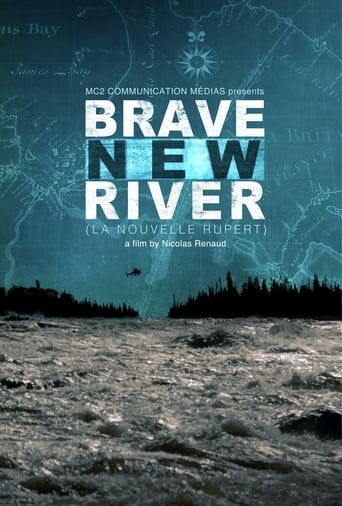
02 May 2013

Brave New River (directed by Nicolas Renaud) is a feature documentary exploring the paradoxes of our control over nature, the meeting between two worlds and the dilemmas of those taking part in the transformation of the land.

03 Oct 2016

Canada is leading the way when it comes to dark sky preservation and the fight against light pollution. See how dark sky preserves in Wood Buffalo, Jasper and Elk Island National Parks educate the public about the importance of protecting the night sky for the health of humans and wildlife. Then visit star parties in British Columbia and Alberta where amateur astronomers and astrophotographers watch and celebrate the night sky.
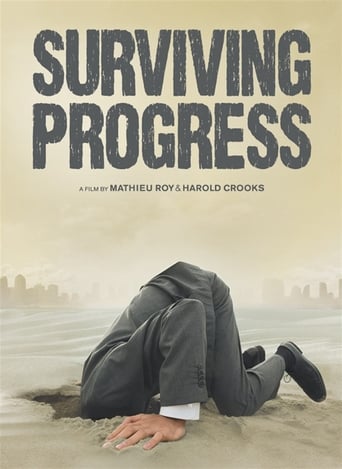
04 Nov 2011

Humanity’s ascent is often measured by the speed of progress. But what if progress is actually spiraling us downwards, towards collapse? Ronald Wright, whose best-seller, “A Short History Of Progress” inspired “Surviving Progress”, shows how past civilizations were destroyed by “progress traps”—alluring technologies and belief systems that serve immediate needs, but ransom the future. As pressure on the world’s resources accelerates and financial elites bankrupt nations, can our globally-entwined civilization escape a final, catastrophic progress trap? With potent images and illuminating insights from thinkers who have probed our genes, our brains, and our social behaviour, this requiem to progress-as-usual also poses a challenge: to prove that making apes smarter isn’t an evolutionary dead-end.

16 Jun 2005

This documentary depicts a vivid example of America's current culture war. It shows a rural community, Philomath, Oregon, that is making a large transition from once being a dominant force through an "old time" profession, the timber industry, to one that is dominated by professionals and techies, the "information age". This is shown by the drastic decline of lumber mills in the area. In 1980, there were twelve mills around Philomath, but twenty-five years later there were only two. The largest employers are no longer the lumber mills but Oregon State University in Corvallis, which is about six miles from Philomath, and a Hewlett-Packard center involved in engineering ink-jet components.

12 Oct 1988

In this compelling film, David Suzuki investigates the frightening phenomenon of forest dieback caused by acid rain and proposes some solutions.
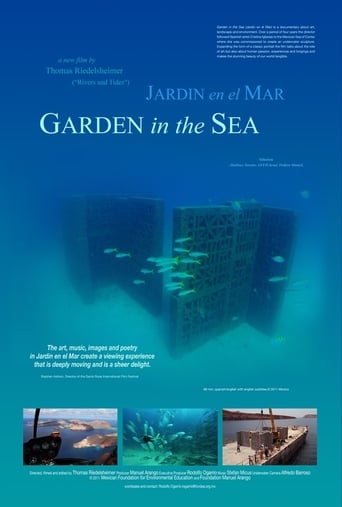
28 Apr 2012

Jardín en el Mar is the story of an exceptional project. Several years ago, a group of enthusiastic and committed people started to work for the protection of the Islands in the Sea of Cortez in Baja California Sur, Mexico. Thanks to this effort all the Islands became a UNESCO world heritage side, but the story of Espíritu Santo island is especially remarkable. It was bought back from different owners and donated to the people of Mexico for its conservation in perpetuity. To celebrate the success of all the efforts and to remind people of our close relation to the ocean, renowned Spanish artist Cristina Iglesias was asked to make a piece of art for the Island. Cristina decided to create a "Garden in the Sea", a labyrinth-like setting of various screens sunk into the sea, that nature will grow over, generating marine life.
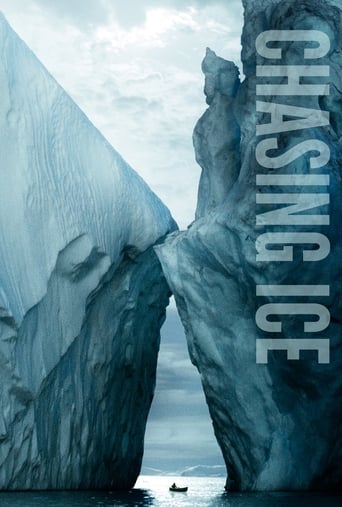
01 Oct 2012

When National Geographic photographer James Balog asked, “How can one take a picture of climate change?” his attention was immediately drawn to ice. Soon he was asked to do a cover story on glaciers that became the most popular and well-read piece in the magazine during the last five years. But for Balog, that story marked the beginning of a much larger and longer-term project that would reach epic proportions.

01 Mar 2013

It is the largest movement the world has ever seen, it may also be the most important - in terms of what's at stake. Yet it's not east being green. Environmentalists have been reviled as much as revered, for being killjoys and Cassandras. Every battle begins as a lost cause and even the victories have to be fought for again and again. Still, environmentalism is one of the great social innovations of the twentieth century, and one of the keys to the twenty-first. It has arisen at a key juncture in history, when humans have come to rival nature as a power determining the fate of the earth.
29 Dec 2014
This movie was created to highlight the overwhelming amount of scientific information pointing to human extinction in the very near future.
11 Jul 2012
There's No Tomorrow is a half-hour animated documentary about resource depletion, energy and the impossibility of infinite growth on a finite planet.
01 Jan 1955
No overview found